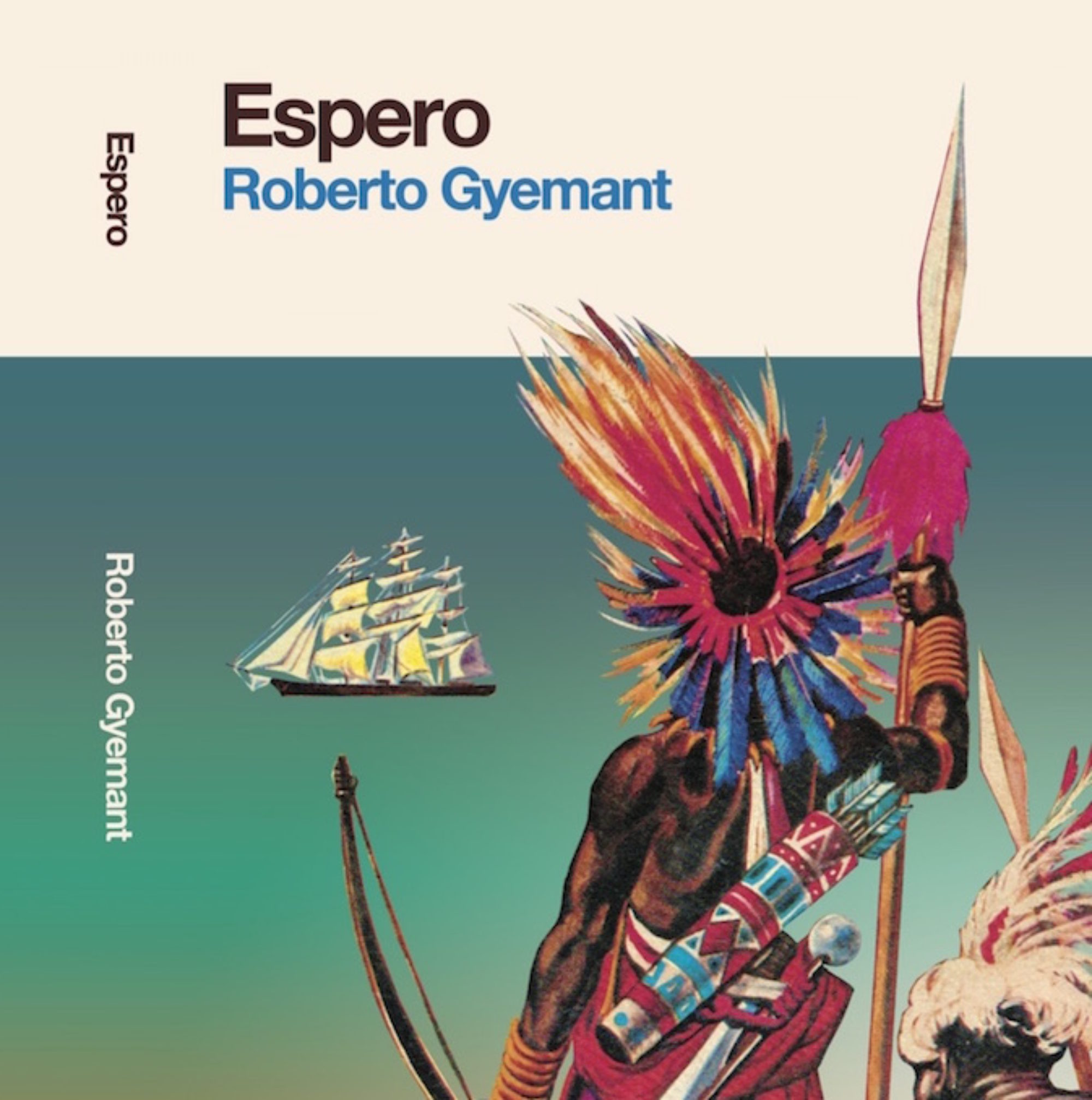Máximo Rodriguez was born in 1919 on the Isla de San Miguel in the Pearl Islands in the Gulf of Panama. One of 18 brothers and sisters, Máximo moved at a young age to El Marañon, a working class barrio in the capital that nurtured countless brilliant musicians such as Camilo “Azuquita” Argumedes, “Meñique” Barcasnegras and many more.
Máximo got his start playing the maracas with Conjunto Los Dedos in 1936 (he was 17) playing maracas for $1.25 a night. By the late 40s he was bassist and singer at the Happyland Cabaret with las Estrellas Panameñas de Pipo Navarro – which band included Anel Sanders Sr. (Armando Boza, Bush y Sus Magnificos) and Panama’s “High Priest of Jazz” Victor Boa.
Maximo’s idol as singer and bassist was Panamanian Camilo “El Gran Camilón”, who was raised in Cuba and starred in both roles with Mariano Mercerón y sus Muchachos Pimienta in the late ’30s and early ’40s, and then moved back to Panama in 1947. Around 1960 bandleader Armando Boza sought him out to sing coro, where he joined bongocero Mane Nieto and singer Manito Johnson in the consensus best big band Panama produced.
While touring Colombia, Boza’s pianist Leo Kipping had to return to Panama unexpectedly – thus beginning Mane Nieto’s career on piano. As a side note, percussionists make fantastic pianists with especially bouncy montunos – just ask Eddie Palmieri, who started out on timbales. Alfredito Linares told me that he molded his percussive tumbaos watching Mane play with Boza in Líma, Peru in the early ’60s. Mane never learned to read music – his playing is all by oido and feeling.
Máximo (bass and vocal), Mane (piano) and Manito (vocal) started Las Estrellas Panameñas in 1962 with Tomas “Plomo” Espinoza on tumbadora, Danny Clovis (who later recorded on Victor Boa’s LP) on drums, Angelo Rodriguez on Sax and Clarinet and Pablo Vega on trumpet. Shortly after, the group toured Colombia, where they recorded an LP in Cali on the Diana label.

On returning to Panama, they became a regular attraction at the Rancho Grande nightclub, and contemporaries have pegged them as the hottest dance band in Panama in this era. In 1966 they recorded Felicidad y Bogaloo en el Rancho Grande on Manito’s Lou label, a highly sought-after LP that features “Mambologia”, which appeared on the first Soundway compilation.

While Máximo’s Estrellas are rightly known for their ![]() Salsa numbers, the Diana LP includes a beautiful arrangement of a Panamanian Típica song, the Tamborera “El Carate”. That LP also included a stunning version of the Típica Tamborera “Sentimiento del Alma”, which they re-recorded on the Bogaloo LP:
Salsa numbers, the Diana LP includes a beautiful arrangement of a Panamanian Típica song, the Tamborera “El Carate”. That LP also included a stunning version of the Típica Tamborera “Sentimiento del Alma”, which they re-recorded on the Bogaloo LP:
In 1968 the band played a number of dances for Panamanians in New York City, and recorded an LP Los Generales: Desde Nueva York produced by Vicente Cartagena. Cartagena, who was the sound engineer on Eddie Palmieri’s famous Live at Sing Sing LP, produced or recorded a number of heavy underground Salsa LPs including those by Dax Pacem, King Nando, Orch. Tentacion, Mike HDZ and Brooklyn Sounds.
By this time the Estrellas had added “Diablo” (Manuel González) on timbales, and the LP also features hot Dominican bandleader Rafael Labasta (who lived in Panama for many years) on trumpet, and the great Francisco Ángel (Kako) Bastar on bongoses. Kako had deep connections to Panama, which is where he found his two main singers of the late ’60s, Azuquita and Meñique.
The wicked dancefloor guaguancó “Flora” (appears on Soundway’s Panama! 2) came out of this session, as did a great version of Lou Perez’s “Bonbon de Chocolate” and the infectious Manito Johnson composition “La Mujer Puertorriqueña”, which features Manito’s so-strong vocal:
Finally, I wanted to share another song off the same LP, which gives some shine to Maximo’s conguero, “Plomo” Espinoza. After this fast mozambique evolves into Espinoza’s conga solo around 1:20, Kako comes in at about the 2:00 mark and absolutely shreds the bongoses as the band holds forth like a latin Black Sabbath:
As Latin record collectors are known to exclaim: Ufffffff!!!
Thanks to Panamanian collector, archivist and Salsa commentator Luis Gooding, we can all see Máximo (that’s Mane on piano) live, in the following video. Note that Máximo is considered the first in the AfroCuban canon to sing and play bass at the same time – many decades before Oscar de Leon:
As final note, I want to recognize the critical work of music journalist Eric E. Gonzalez, who interviewed Maximo, Mane and Manito (and many other Panamanian music luminaries) in the late ’90s for the site Oasis Salsero, with his partner Israel Sánchez-Coll. Gracias Eric & Israel!
